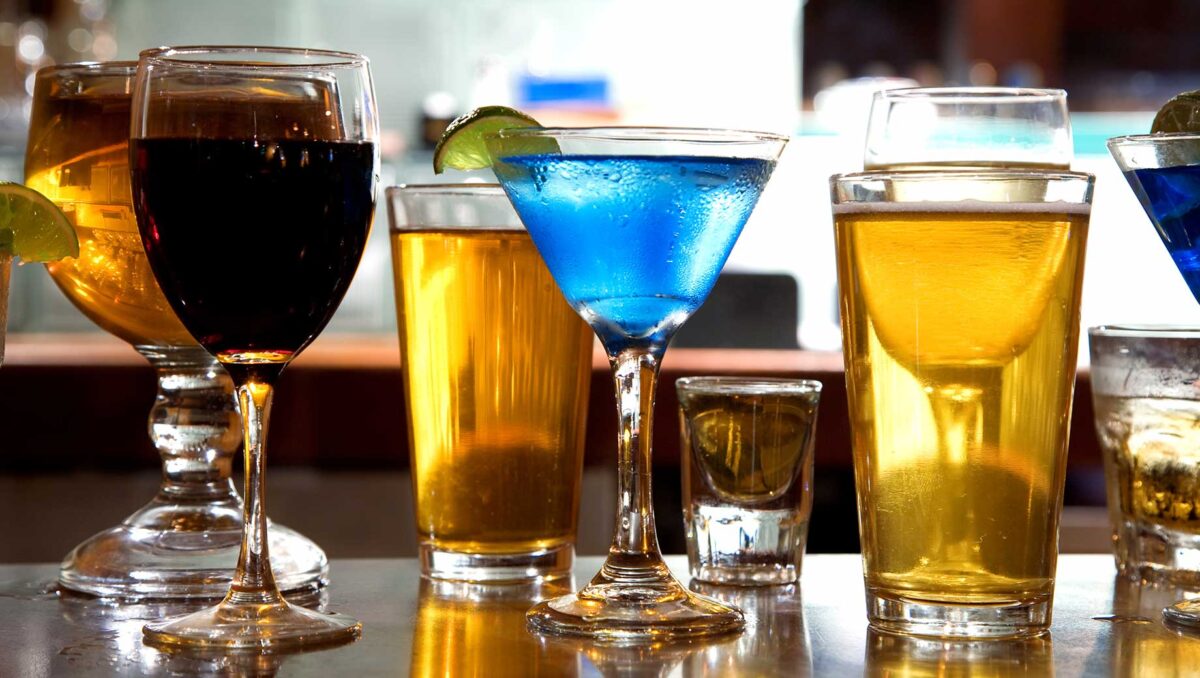The percentages of 18 to 34-year-olds, who report that they either don’t drink, drank the past week, or sometimes drank more than they should, are all lower than they were 20 years ago, according to research conducted by American analytics company Gallup.
Yet, drinking on all three metrics has trended up among Americans 55 and over, while holding fairly steady among middle-aged adults.
These results were based on an analysis of Gallup trends on Americans’ self-reports of their alcohol drinking habits. To allow for reliable analysis of the trends by age, the data was reviewed in three three-year time periods: 2001-2003, 2011-2013 and 2021-2023.
- Adults under the age of 35, 62% reported that they drink alcohol, down from 72% two decades ago; and
- Drinking has increased among adults aged 55 and older, from 49% to 59% in the same 20-year period.
This shows that drinking habits among younger adults may be on a downward trend, while the opposite can be said of people 55+. According to the research, there are still more drinkers under the age of 35 (62%) than in the 55 and over category (59%).
While these groups on either end of the age spectrum now report similar drinking rates, those in the middle, aged 35 to 54, maintain a higher drinking rate, at 69%, on par with the prior 67% readings for this age group.
The same trend can be seen among those classed as regular drinkers. Younger adults who drink are less likely than they were in the past to say they had an alcoholic drink within the past seven days, down from 67% to 61% over the last two decades. Older adults, aged 55 and over, have done the opposite, with figures rising from 63% to 69%.
Among all Americans (both drinkers and nondrinkers), fewer than four in 10 young adults (38%) now appear to be regular drinkers, on par with older adults (40%) with middle-aged adults (48%) more likely.
Research Results: https://news.gallup.com/poll/509501/six-americans-drink-alcohol.aspx





